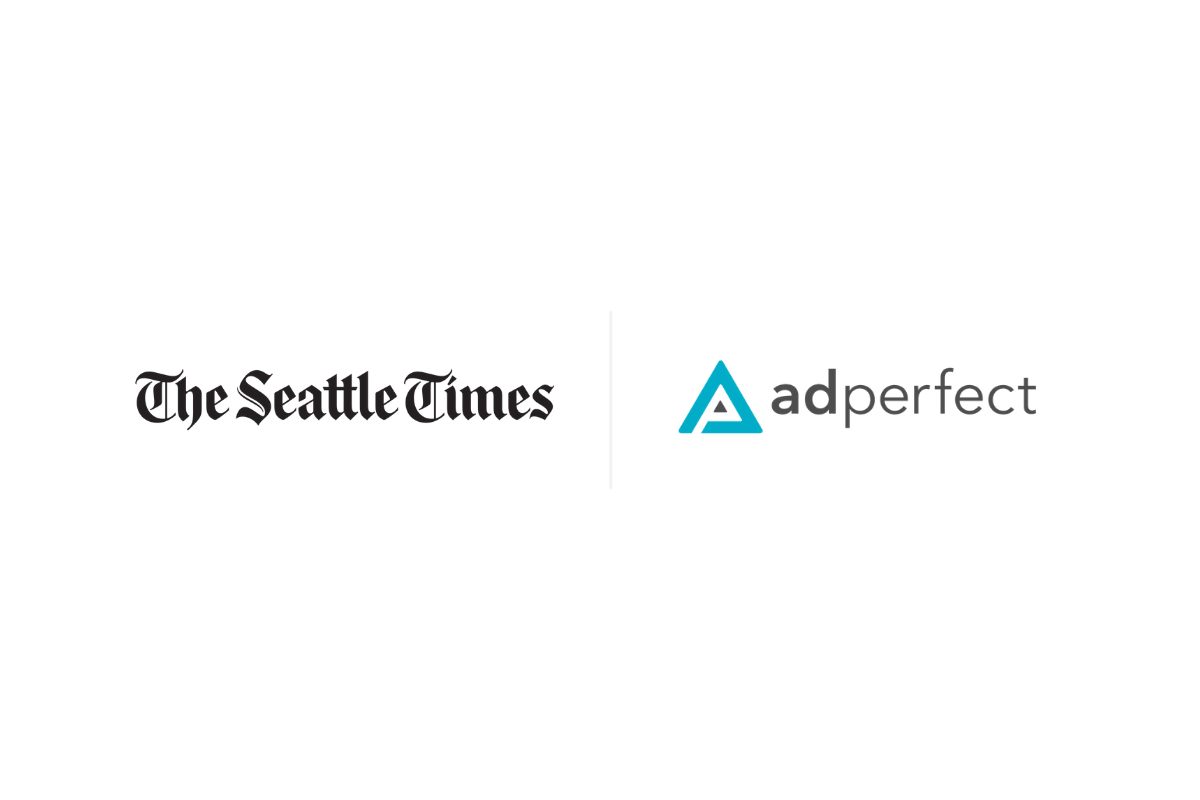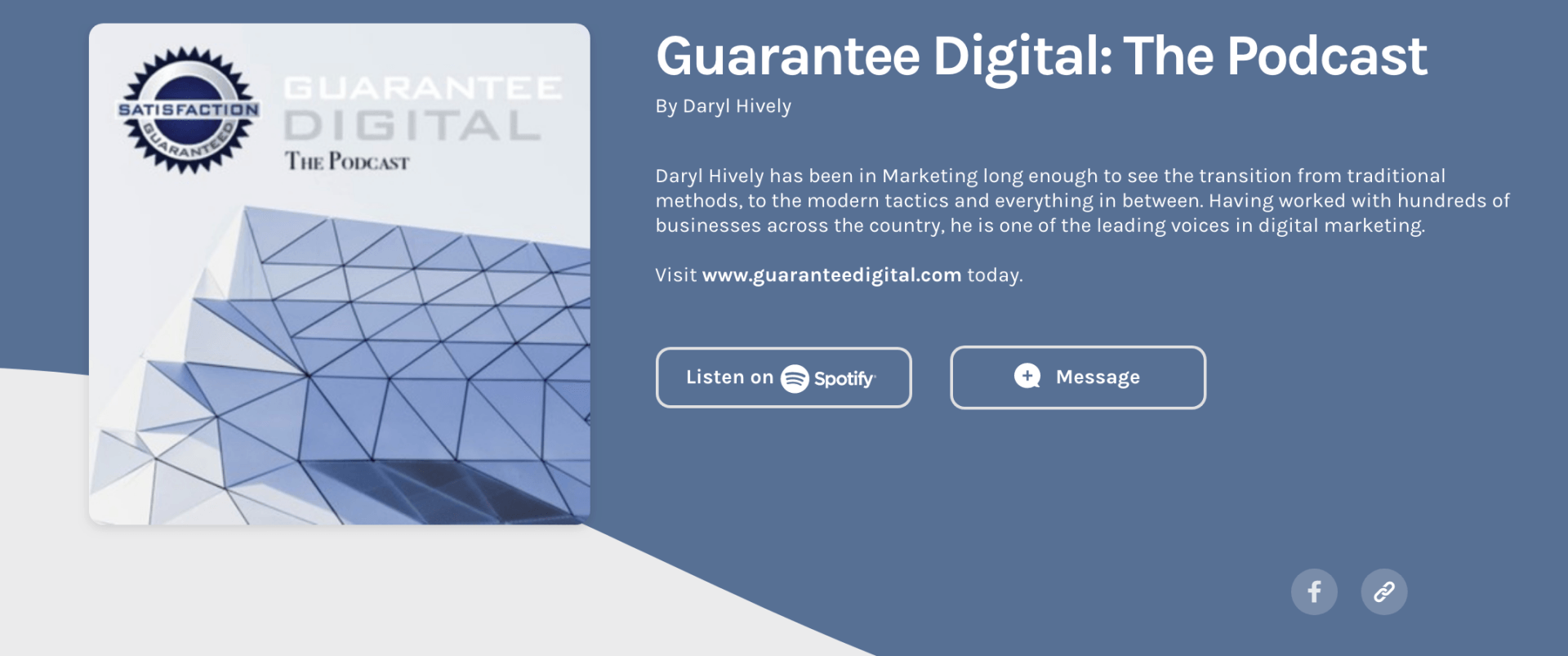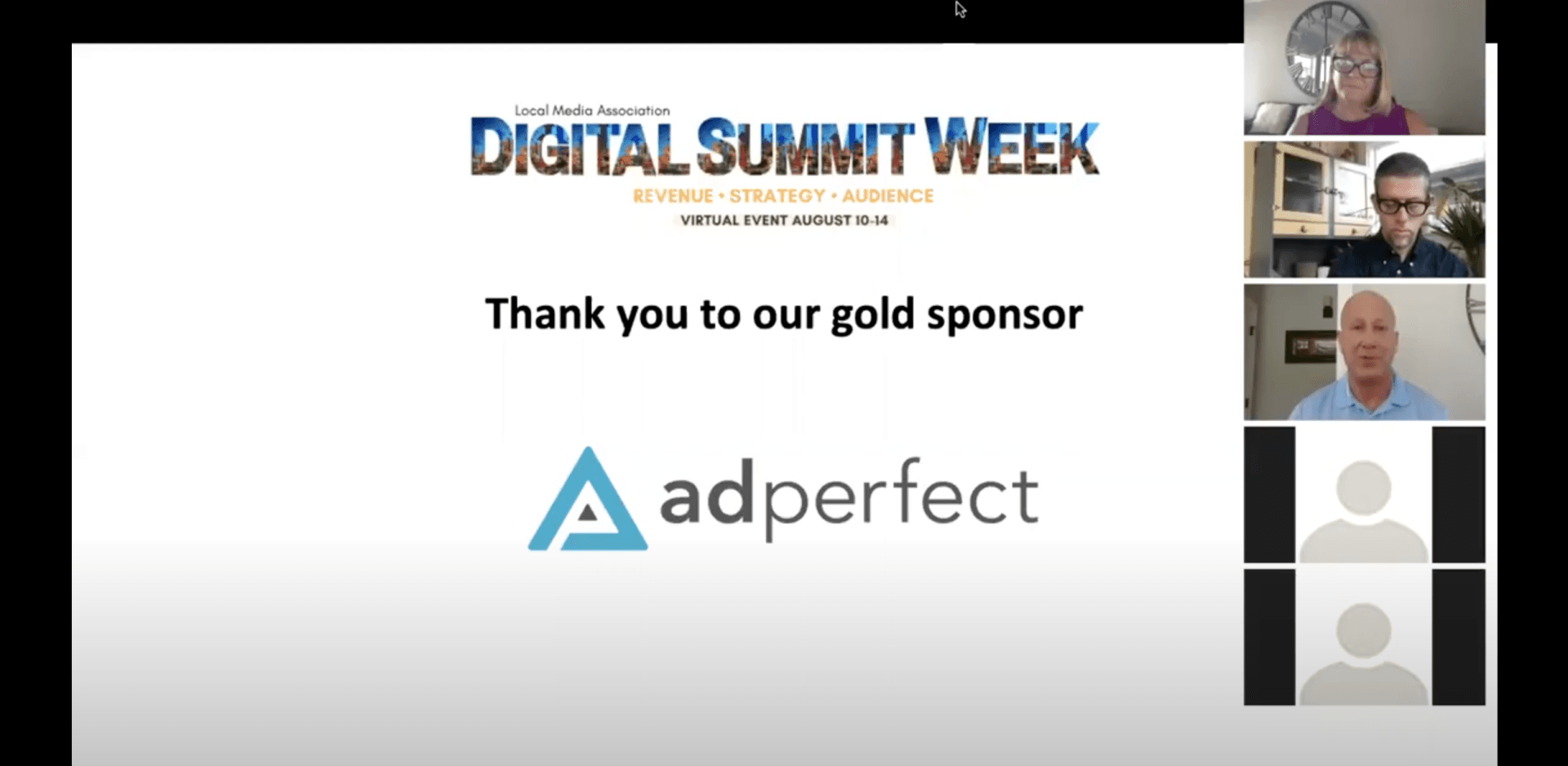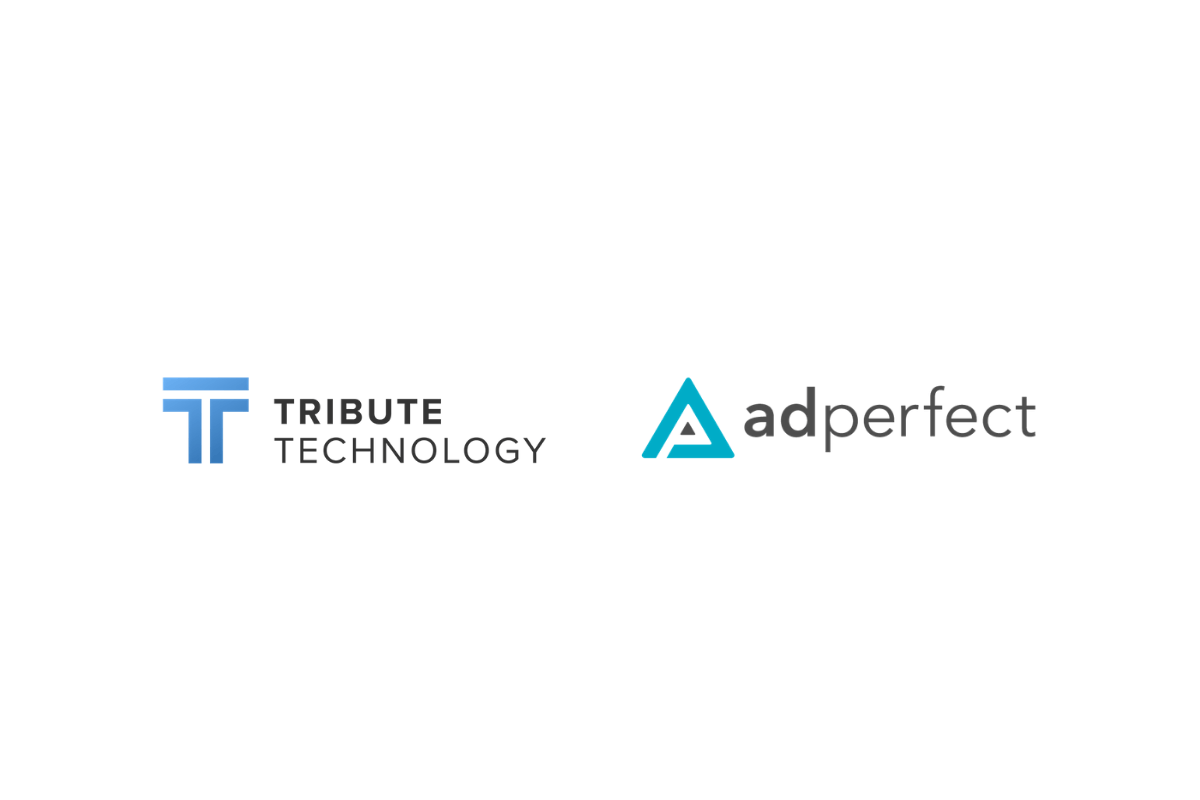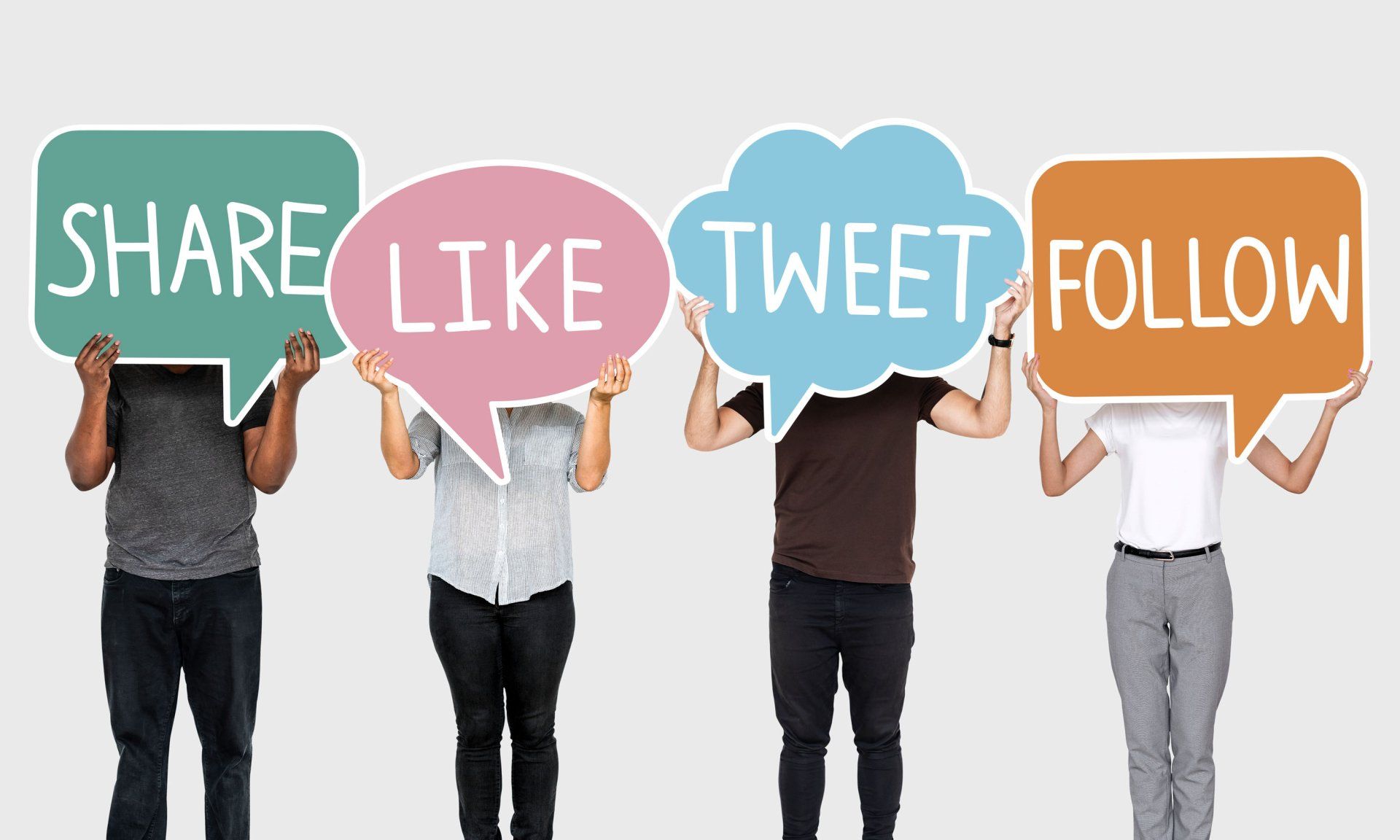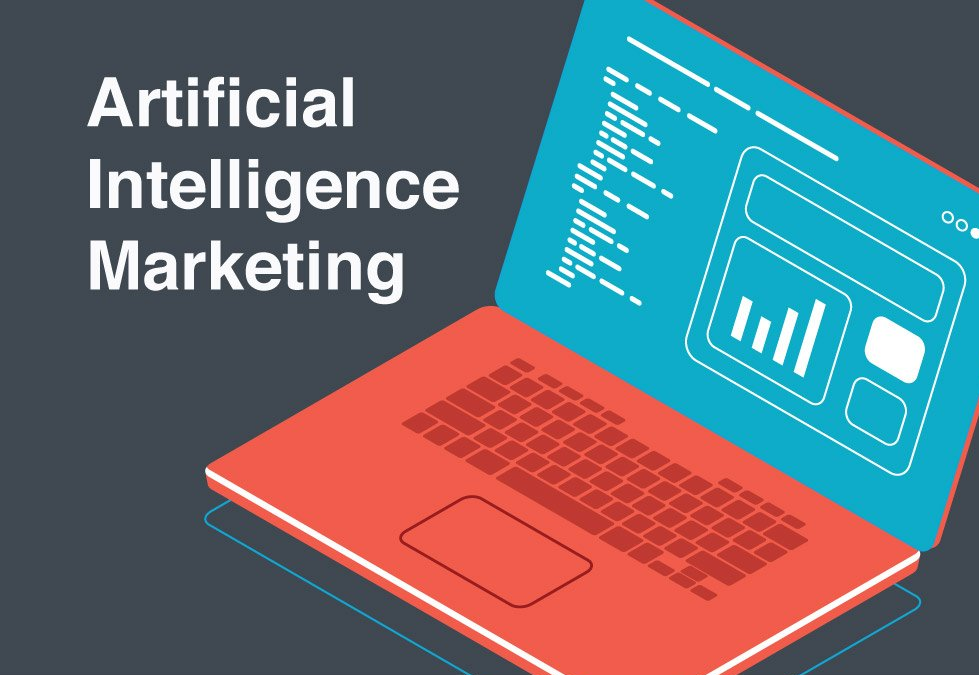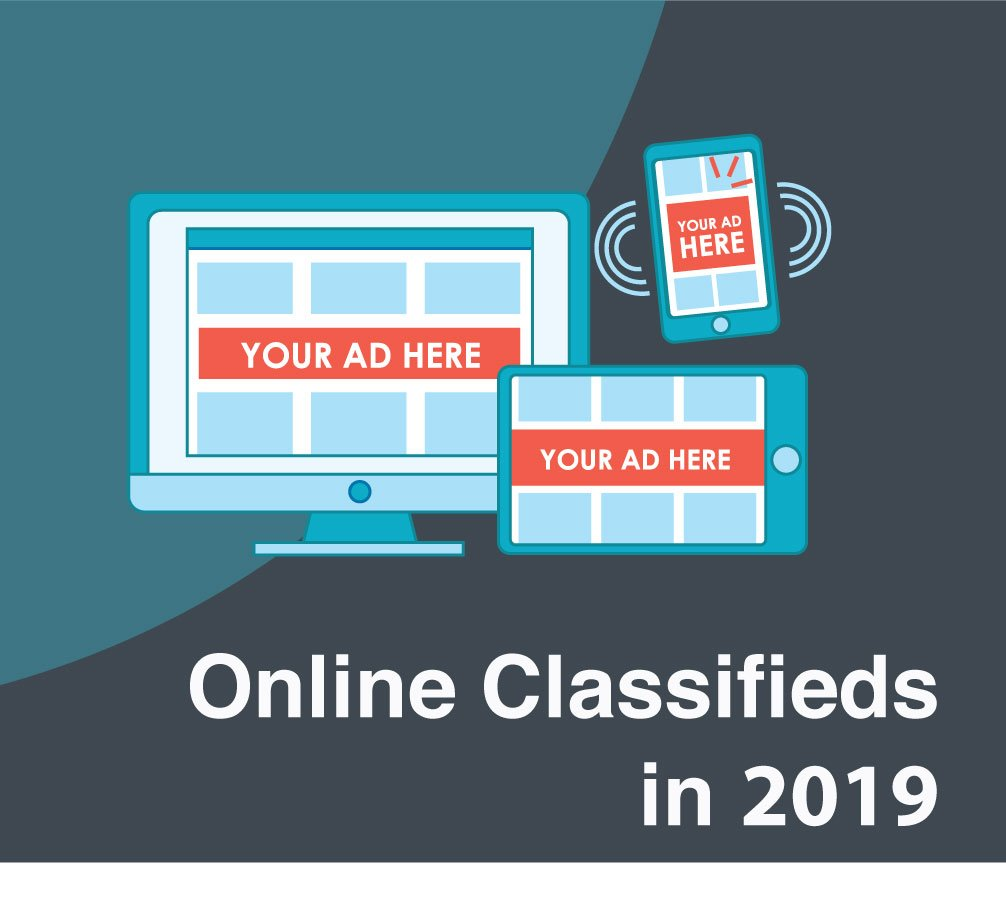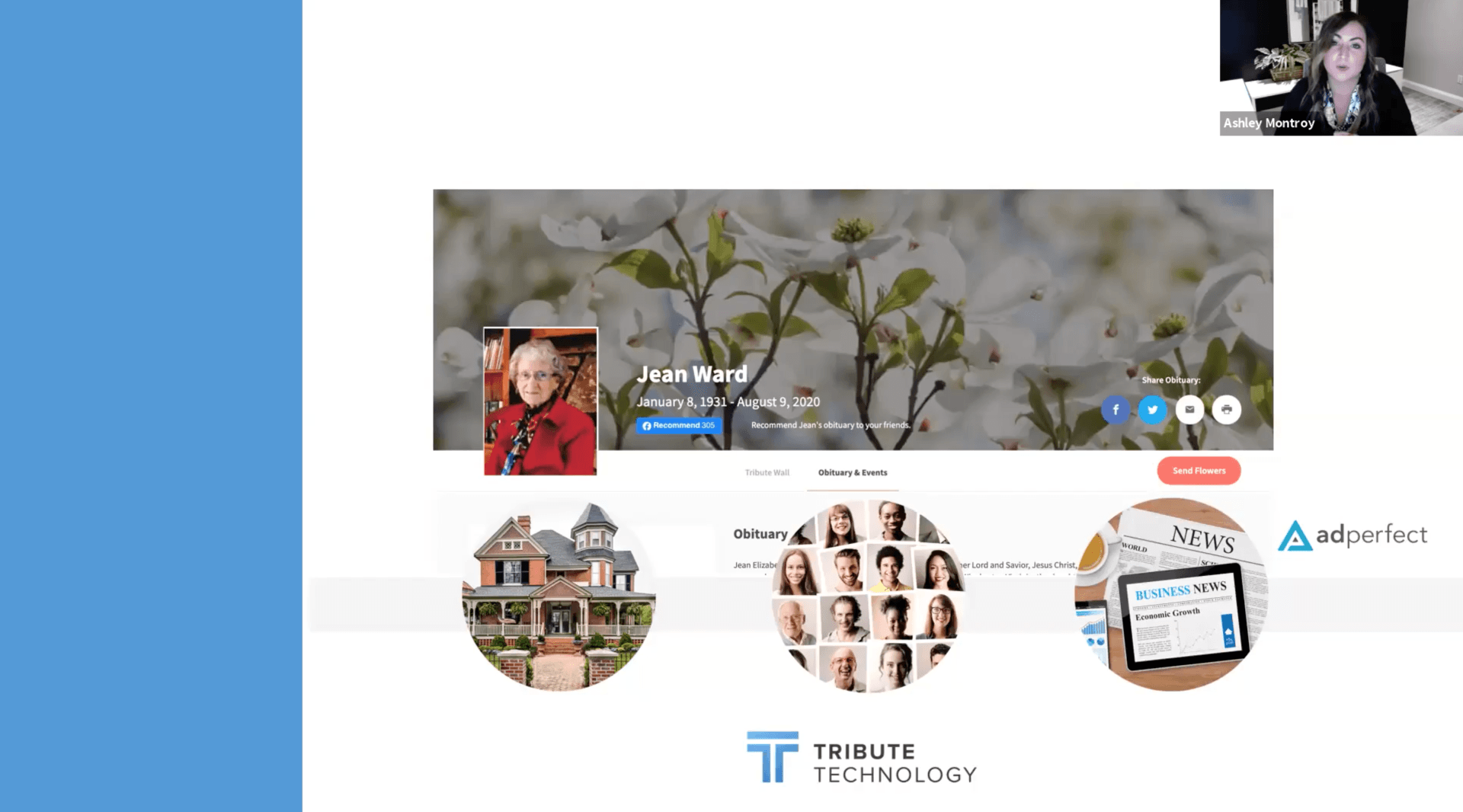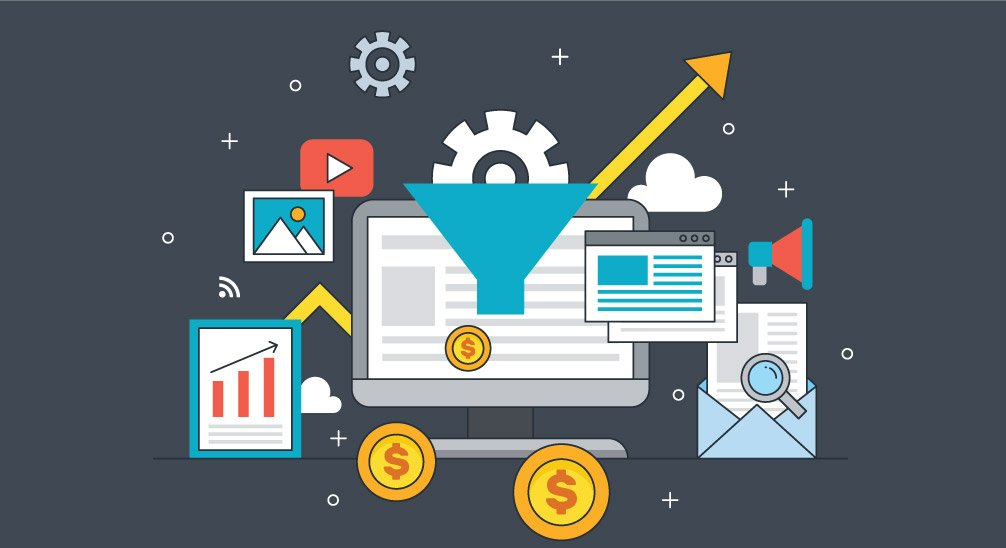Email Newsletters are Still Around in 2019
With so many options of new digital tools and platforms, many marketers and publishers easily miss and overlook one of the basic channels available – email newsletters. Although still mentioned as a digital marketing strategy, it is not always on top of the list. While research still shows that email is 40 times more effective at acquiring new customers than Facebook or Twitter. So what are the great benefits for using email newsletters?
Email newsletters are the icebreaker
Nowadays social media is where the main flow of all the discussions and sometimes it can be too cluttered with too much noise. Using your email newsletters wisely can be where you initiate the conversation with your customers, before taking them to your website or social media. They will also provide a depth of knowledge about your customers and show their preferences as they engage with your brand. Not only that, email newsletters can also gather details on behavioural metrics and click rates on your important content.
With all the distractions from ads and sponsored content, readers want to see more authentic storytelling. Now this does not mean all your emails need to be crafted individually for each reader, but they can still have a personal touch and help your brand to connect in an emotional level by directing them to news and updates that matter to them locally, as well as nationally. Storytelling can include behind the scenes information about how the most recent article details were gathered. This can include bloopers, to how information was connected and verified. Include different photos or video links, as well as external links to add more details and depth to the initial information provided. This will also build your linking capabilities between your email newsletters, website and social media profiles.
Send tailored messages to new and existing customers
There are many ideas on personalization, and most include adding a subscriber’s name to the subject line or in the email introduction. But email automation is mainly to be used to personalize the message and content, as well as triggering a set schedule of interactions based on behaviour. Pre-making emails are not just to send a blast of general information with your branding but to offer more value-added benefits.
One of the main ways this is achieved is micro-segmentation. Your subscription list is not just a contact list, but a group of diverse users that have an interest in what you have to offer. It is very important how you segment, and artificial intelligence helps improve the split into specific and niche segments for campaigns. Some of the general segments include gender, location, age, but the idea is to break these filters even further via preference centers. Do not always focus on the number of email touch points to all subscribers, but ensure that emails are also allocated according to high quality (existing) versus low engaged (new) subscribers. Depending on your segmentation, engagement will play a big role for personalization. Data hygiene and email verification are also very important steps to consider before revamping any of your email communication.
When it comes to specific content for added value that engage include whitepapers, research reports, infographics (statistics) or online courses. For consumer goods or services, discount coupons and free sign ups for webinars also provide value for browsers or subscribers.
Drive traffic to your website
Although the main purpose and strategy of email newsletters is to engage and grow subscribers interest in your brand, the secondary outcome is to direct to your website. Many will not just end up on your site organically, like when driving around and you end up at a local coffee shop. At the same time, emails help filter out many browsers that just bounce off your landing page without looking at any content. You can easily send long-form content with teasers and links that help track behaviour and grow engagement on your website.
Although it seems counter intuitive that attention spans will not last on long-form content, we notice many articles and reports are still some of the biggest engagers and affect SEO the most. There is a reason why Twitter keeps increasing their character limit. Even with video engagement, binge-watching is now the norm and is changing the media industry. Attention spans are not necessarily shorter, but now our brains are better wired in filtering and choosing which way to direct our attention.
From selfies and social media accounts to virtual assistants, customers want to be tailored to. Do not forget that your subscribers are actually in a very clear way telling you what they want to see and read. Group your website blog with your email newsletters and social media. Use all your engagement data to continuously grow content and your subscriber lists.
